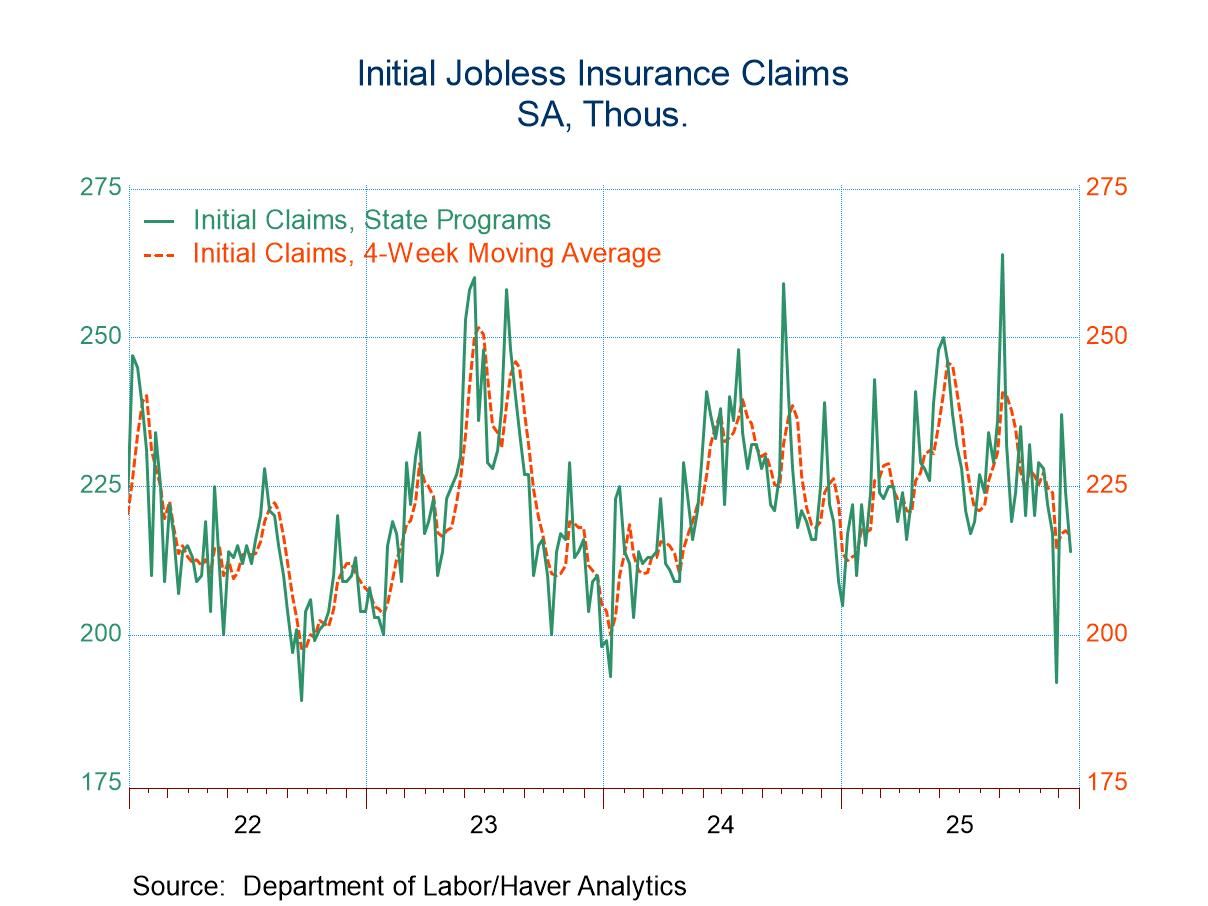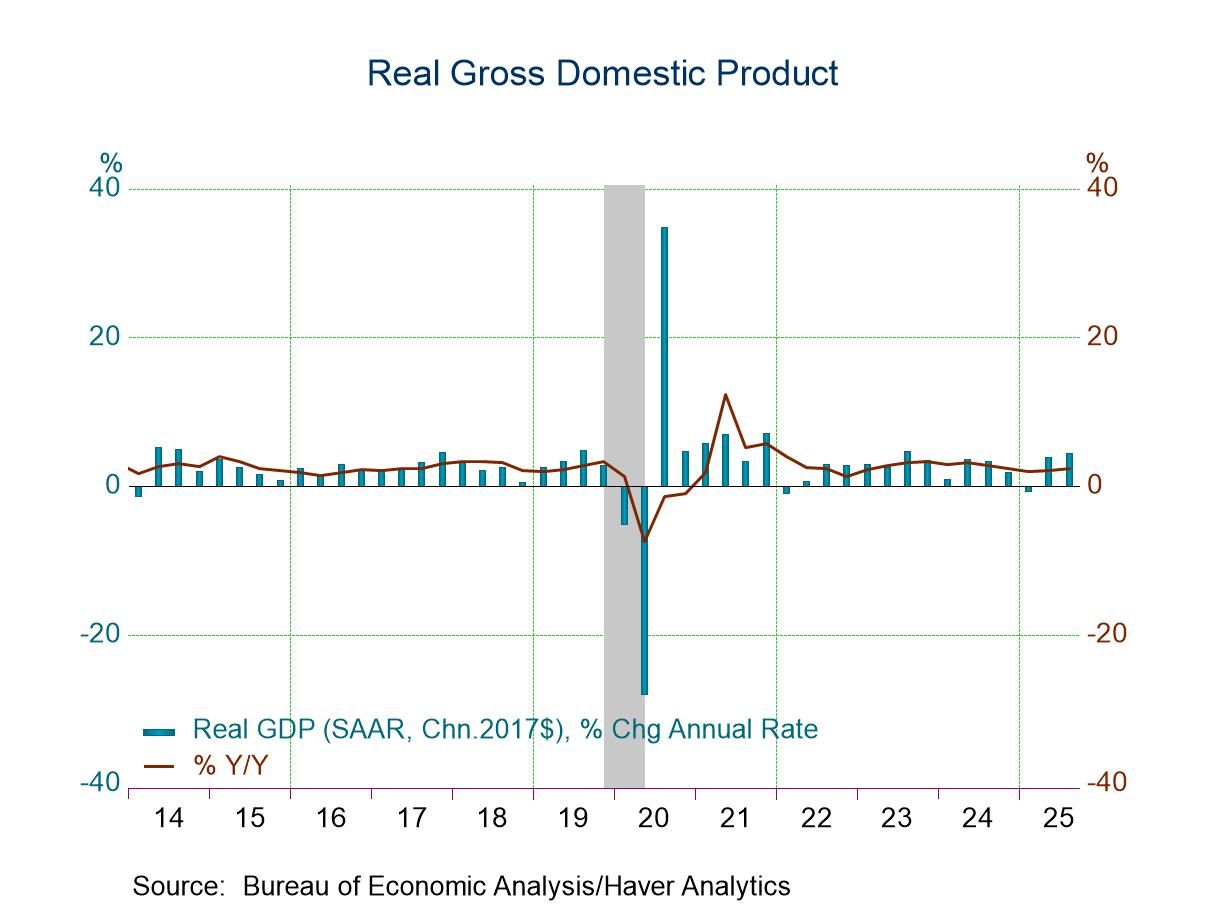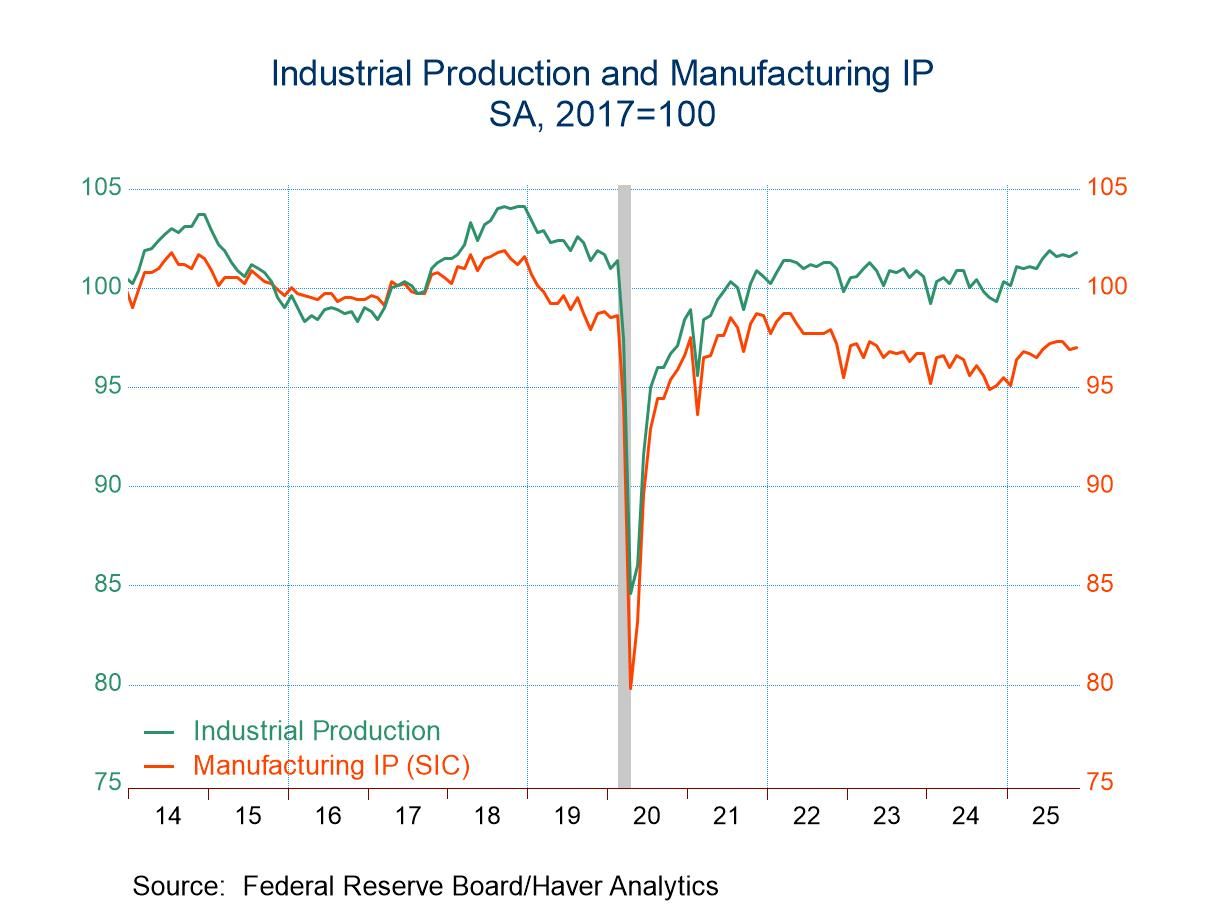 Global| Jan 29 2021
Global| Jan 29 2021GDP Rebounds in Q4 But Still Trails Trend
Summary
The table shows the early reporters of GDP in the EMU plus the U.S. result. On the far right, I present a percentile ranking of the year-on-year GDP growth rates on data back to 1997. Despite a massive rebound in GDP in Q3 – and one [...]
 The table shows the early reporters of GDP in the EMU plus the U.S. result. On the far right, I present a percentile ranking of the year-on-year GDP growth rates on data back to 1997. Despite a massive rebound in GDP in Q3 – and one that exceeded in percentage terms the colossal drops logged in Q2 (in all these countries)- GDP continues to trail historic trends, pointing to the need to nurture expansion. In Q4 among this cluster of reporters, only France logged a decline in GDP in Q4, but for Germany it was also a close call.
The table shows the early reporters of GDP in the EMU plus the U.S. result. On the far right, I present a percentile ranking of the year-on-year GDP growth rates on data back to 1997. Despite a massive rebound in GDP in Q3 – and one that exceeded in percentage terms the colossal drops logged in Q2 (in all these countries)- GDP continues to trail historic trends, pointing to the need to nurture expansion. In Q4 among this cluster of reporters, only France logged a decline in GDP in Q4, but for Germany it was also a close call.
For Europe, many of the results are better than expected. Even in France where GDP fell sharply, the Q4 drop was expected to be worse because of the ongoing lockdowns and their impact on GDP. None of these countries are doing particularly well right now although the U.S. Q4 growth rate does seem to stick out – at 4.1%, it is a good strong quarterly result. But as always, we wonder what comes next? And the U.S. does have another slug of stimulus in the pipeline and maybe more to come after that. There is currently political wrangling about that. Fighting over stimulus is a common problem and not unique to the U.S. Italy may have to form a new government as a result of its tiffs over who will decide how economic support funds to fight the virus will be spent.
In Germany, the economy avoided another decline in GDP in Q4 but only by the 'skin of its teeth.' Germany has lockdowns in place until the middle of February and that is going to hold back what it will be able to report for growth in Q1 2021. At this point, Q1 is very speculative because of the ongoing spread and the threats from the new variants.
As time progresses, more vaccines are being approved, but so far there is nothing whose efficacy exceeds or matches the results posted by the Pfizer and Moderna vaccines. Vaccine rollouts are progressing, but the process is slower than policymakers would like.

 Financial side of the EMU
Financial side of the EMU
On the financial side, the EMU also reported out monetary data today. M2 and M3 continue to show acceleration while private loan growth has stabilized around the 4% mark. Monetary growth alone can help with liquidity issues and to make transacting more seamless. But for economic stimulus, that liquidity needs to be translated into loan growth. For now loan growth does appear to be progressing at a healthy 4% mark while money growth is clearly excessive, it has yet to have any real impact.
German turns HICP positive
So, having said that about inflation, it is still true that Germany has turned the corner on negative inflation. The HICP rate for January is up by 1.6% over 12 months while the CPI is up by 1.0% and the CPI excluding energy is up by 1.4%. Germany is beginning crawl out from under its deflation funk. As that progresses, we can expect to hear more complaints about easy monetary policy in the EMU, especially in the face of rampant fiscal stimulus.
The policy zone
The policy zone is a challenging place these days. There is not a person alive that does not recognize the threat of the virus and its negative impact on the economy. But as infection rates have risen and become decoupled from death rates, the risk from the virus has seemed to diminish. At the same time, there are new variants that are game changers and that will increase the spread and that are, apparently, more deadly as well. And lurking in the background, there is always the possibility –unrealized so far- that a new variant might change enough that the current vaccines are not effective against it. All of these factors contribute to making policymaking very difficult. The IMF is still urging countries to err on the side of being too expansive. But there has been a lot of fiscal expansion and government debt levels and deficits have risen everywhere. Even those policymakers that are cheerleaders for doing more must harbor reservations of what all these actions are going to require in the aftermath of the pandemic to restore fiscal probity and maintain financial stability.
Central banks, banking, stimulus and risks
While there are people who are 'spooked' by the growth in central bank balance sheets and by the rapid expansion of money supplies, the fact is that bank lending has been restrained. In the U.S., even the loan assistance programs sponsored by the Treasury and funded by the Fed had a hard time making enough loans under their own criteria. Banking is an activity that occurs in an increasingly regulated framework. And that means banks may have all the liquidity in the world, but to make loans they need to maintain capital asset ratios as well ('risk-adjusted' ratios at that). So unlike the good-old days, banks do not lend based on liquidity or excess reserve availability alone. That reality is slowing and controlling the loan process and causing central bank excess liquidity to help transactions to occur but not to support inflation. However, excess liquidity does affect interest rate and low rates have spurred a lot of financial activity stemming from mortgage refinancing to stock market performance that begins to look like it harbors bubbles.
Taking things to the next level…politics
So, like in a video game, we have reached a new more challenging level. At the lower levels, it was just about expanding fiscal policy or central banks cutting rates or about largescale central bank asset purchases. But now, increasingly, there is a worry about balancing the side effects and interactions among stimulus methods, from all the stimulus efforts without undermining the stimulus itself and keeping growth in gear in the face of new challenges by the virus. And this is becoming harder to do where there are political divisions… and we see political divisions just about everywhere as parties out of power want to blame those making the decisions for making things worse. And while sometimes there has been policy bumbling, some of it has been more like learning-by-doing, about a virus we at first knew nothing about. There is also political opportunism afoot and all that makes this a very dangerous and volatile time for policymakers of all stripes as well as for the man in the street who just wants to get back to work.
Robert Brusca
AuthorMore in Author Profile »Robert A. Brusca is Chief Economist of Fact and Opinion Economics, a consulting firm he founded in Manhattan. He has been an economist on Wall Street for over 25 years. He has visited central banking and large institutional clients in over 30 countries in his career as an economist. Mr. Brusca was a Divisional Research Chief at the Federal Reserve Bank of NY (Chief of the International Financial markets Division), a Fed Watcher at Irving Trust and Chief Economist at Nikko Securities International. He is widely quoted and appears in various media. Mr. Brusca holds an MA and Ph.D. in economics from Michigan State University and a BA in Economics from the University of Michigan. His research pursues his strong interests in non aligned policy economics as well as international economics. FAO Economics’ research targets investors to assist them in making better investment decisions in stocks, bonds and in a variety of international assets. The company does not manage money and has no conflicts in giving economic advice.






